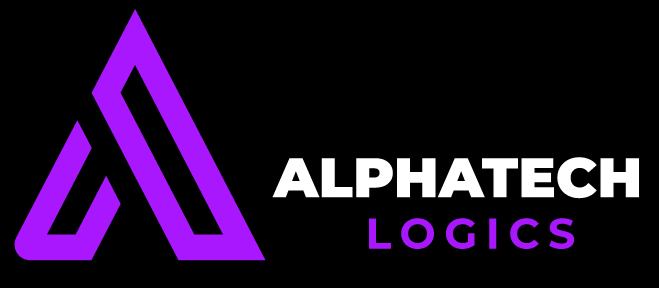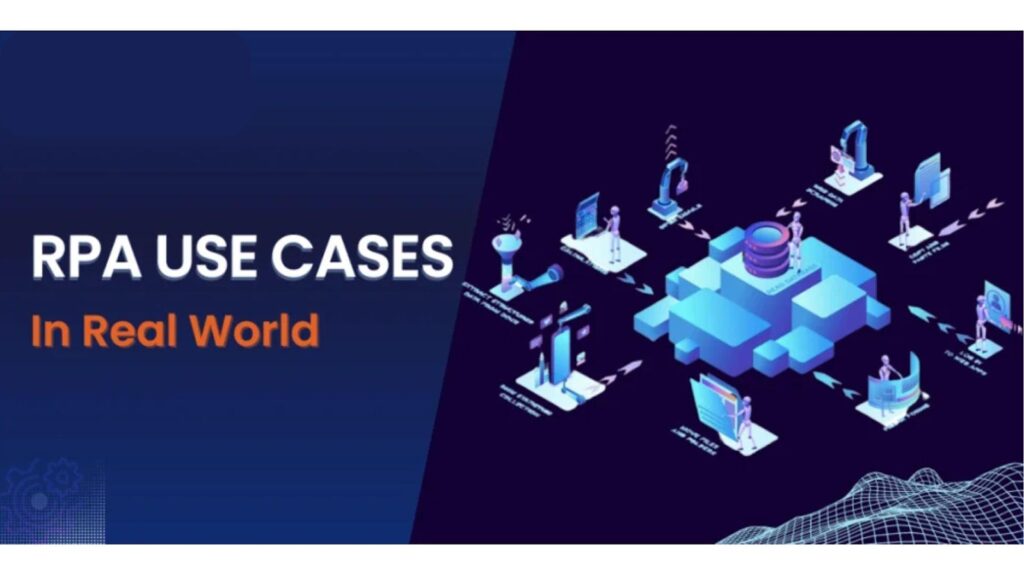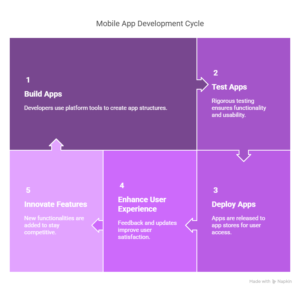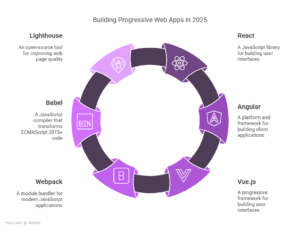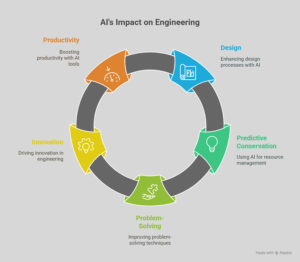Top 8 RPA Use Cases by Industry & Real-Life Examples in 2025
Robotic Process Automation (RPA) has become a game-changer across industries, enabling organizations to automate repetitive, rule-based tasks and improve operational efficiency. By 2025, RPA is expected to evolve further, integrating with advanced technologies like artificial intelligence (AI) and machine learning (ML) to deliver even greater value. In this article, we explore the top 8 RPA use cases by industry and provide real-life examples of how organizations are leveraging this technology in 2025.
1. Healthcare: Streamlining Patient Care and Administrative Processes
Use Case: Automated Patient Data Management
In 2025, healthcare providers are using RPA to automate the extraction and updating of patient data from multiple sources, ensuring accurate and up-to-date electronic health records (EHRs). Bots also assist in scheduling appointments, sending reminders, and processing insurance claims.
Real-Life Example:
A leading hospital network in the U.S. has implemented RPA to reduce administrative burdens. Bots now handle 80% of patient data entry tasks, reducing errors and freeing up staff to focus on patient care. This has resulted in a 30% improvement in operational efficiency.
2. Banking and Finance: Enhancing Customer Experience and Compliance
Use Case: Fraud Detection and Prevention
RPA bots are being used to monitor transactions in real-time, flagging suspicious activities and reducing the risk of fraud. They also automate compliance checks to ensure adherence to regulations like GDPR and Anti-Money Laundering (AML) laws.
Real-Life Example:
A global bank has deployed RPA to automate its fraud detection processes. By analyzing millions of transactions daily, the bots have reduced fraud incidents by 25% and improved compliance reporting accuracy by 40%.
3. Retail: Optimizing Supply Chain and Customer Service
Use Case: Inventory Management
RPA is revolutionizing inventory management by automating stock tracking, order placement, and demand forecasting. Bots ensure that retailers maintain optimal inventory levels, reducing stockouts and overstocking.
Real-Life Example:
A major e-commerce platform uses RPA to manage its vast inventory across multiple warehouses. The bots predict demand trends and automatically reorder products, resulting in a 20% reduction in inventory costs and a 15% increase in customer satisfaction.
4. Manufacturing: Improving Production Efficiency
Use Case: Production Monitoring and Reporting
RPA bots are being used to monitor production lines, collect data, and generate real-time reports. This helps manufacturers identify bottlenecks, reduce downtime, and improve overall efficiency.
Real-Life Example
An automotive manufacturer has implemented RPA to automate its production monitoring processes. The bots collect data from sensors on the assembly line and generate daily performance reports, leading to a 10% increase in production efficiency.
5. Insurance: Accelerating Claims Processing
Use Case: Automated Claims Adjudication
RPA is transforming the insurance industry by automating claims processing. Bots validate claims, check for errors, and ensure compliance with policy terms, significantly reducing processing times.
Real-Life Example
A leading insurance company has deployed RPA to handle 70% of its claims processing tasks. This has reduced the average claims processing time from 10 days to just 2 days, improving customer satisfaction and reducing operational costs.
6. Telecommunications: Enhancing Customer Support
Use Case: Customer Query Resolution
RPA bots are being used to automate responses to common customer queries, such as billing inquiries and service disruptions. They can also escalate complex issues to human agents, ensuring faster resolution times.
Real-Life Example
A telecom giant has implemented RPA to handle 60% of its customer support queries. The bots resolve simple issues instantly and escalate complex cases, reducing average response times by 50% and improving customer satisfaction scores.
7. Human Resources: Simplifying Recruitment and Onboarding
Use Case: Resume Screening and Candidate Shortlisting
RPA is streamlining HR processes by automating resume screening, candidate shortlisting, and interview scheduling. This reduces the time and effort required to hire top talent.
Real-Life Example:
A multinational corporation uses RPA to screen thousands of resumes daily. The bots shortlist candidates based on predefined criteria, reducing the recruitment cycle by 40% and ensuring a more efficient hiring process.
8. Logistics: Optimizing Delivery and Tracking
Use Case: Shipment Tracking and Delivery Scheduling
RPA bots are being used to automate shipment tracking, update delivery schedules, and generate real-time status reports. This ensures timely deliveries and improves customer satisfaction.
Real-Life Example:
A global logistics company has implemented RPA to automate its shipment tracking processes. The bots provide real-time updates to customers and optimize delivery routes, resulting in a 15% reduction in delivery times and a 20% increase in customer retention.
The Future of RPA in 2025 and Beyond
By 2025, RPA will be deeply integrated with AI and ML, enabling intelligent automation that can handle complex tasks and make data-driven decisions. Industries will continue to adopt RPA to stay competitive, improve efficiency, and deliver exceptional customer experiences. However, successful implementation will require addressing challenges such as data security, integration with legacy systems, and workforce reskilling.
Conclusion
RPA is transforming industries by automating repetitive tasks, improving efficiency, and reducing costs. From healthcare and banking to retail and logistics, the use cases for RPA are vast and impactful. Real-life examples from 2025 demonstrate how organizations are leveraging this technology to achieve significant improvements in operational efficiency and customer satisfaction. As RPA continues to evolve, it will play an increasingly critical role in shaping the future of work across industries.

